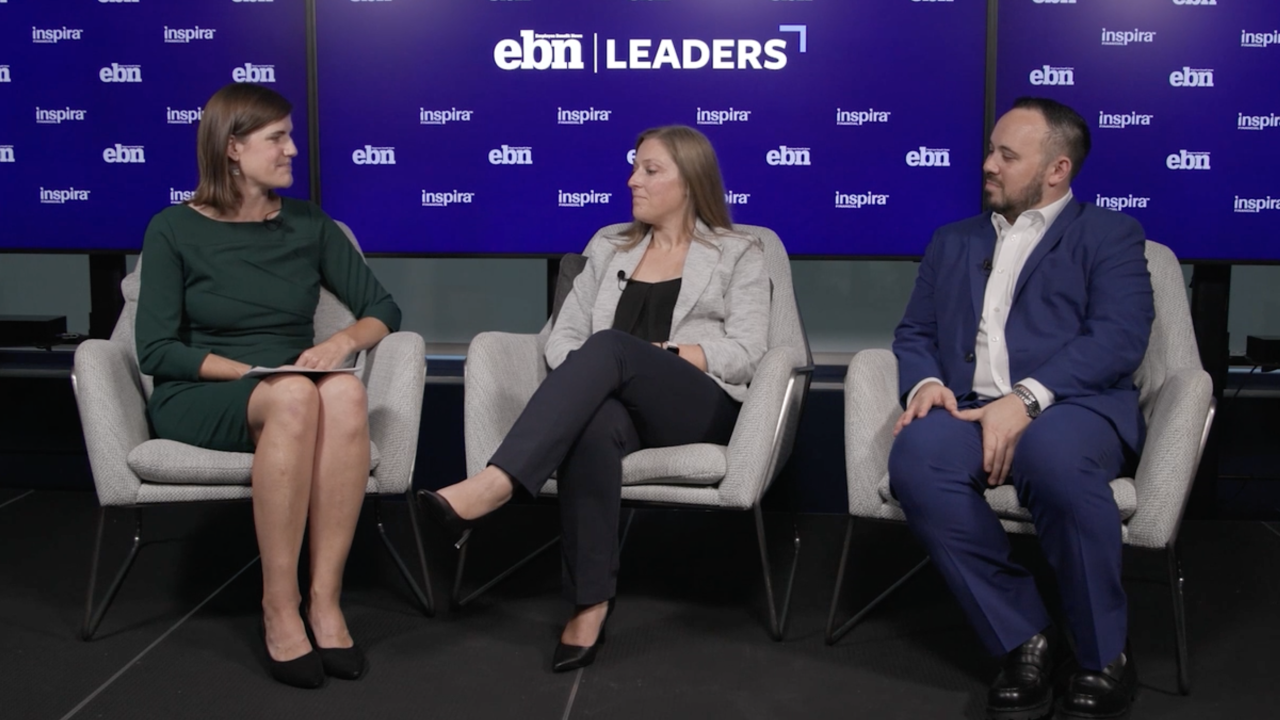NEW YORK — Offering a better benefits package may be key to re-engage stressed and disengaged workers.
Unengaged employees cost the U.S. between $483 billion to $605 billion a year in lost productivity. But benefits like student loan assistance, mental health support, parental leave and onsite childcare may be able to move the needle, said Gary Cassidy, director of employee education, communications and wellness at benefits firm Corporate Synergies.
“You’ve got to understand your people so you can understand their stress [and] so you can understand what’s driving their stress,” he said speaking Tuesday at Spark HR, an HR and finance forum in New York.
Serious disengagement could lead to burnout, Cassidy said. The World Health Organization
See also:
Employers who provide subsidized childcare, or student loan assistance benefits, for example, can help lift a significant financial burden off their workers, he said. These offerings also can help with attraction and retention.

In general, companies need to be more mindful about the kinds of benefit programs they are offering. Just because a company offers a wellness program, for example, does not mean that employees are taking adequate advantage of it, or that they even know about it, he said.
“Having a wellness program is not the same as fostering a culture of wellness,” Cassidy said. “It’s important to remember that employee wellness is more than just biometrics and health screenings.”
The 24/7 work culture is contributing to increased stress and burnout, experts say. Offering benefits like employee assistance programs and disability insurance can help, but HR departments may need to play a bigger role.
Misty Guinn, director of benefits and wellness at Benefitfocus, told Employee Benefit News that finding HR professionals that can handle difficult conversations around mental health may be key to addressing the problem. But many are not comfortable enough to have those kinds of conversations.
“Most have yet to achieve that level of comfort with conversations around mental health,” she said.
See also:
Employers should look for ways to identify burnout and disengagement, Cassidy said. If issues like burnout and stress are not addressed, workers may be more likely to develop diseases including asthma or heart disease. Every employee handles stress differently, he added, but continuous anxiety over time can cause people to reach a breaking point, he said.
“Even with a high threshold for stress everyone has a breaking point,” he said. “Even if you can handle a large amount of stress, over a long period of time it will break down even the strongest person.”






